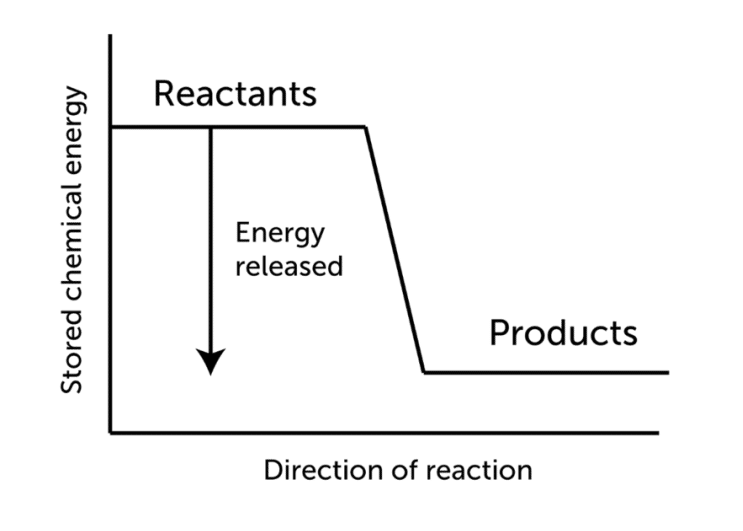A state function is a property that describes a certain state without regard to the path taken to get there. Path functions, on the other hand, are functions whose value relies on the path traveled to arrive between two states.

A state function is independent of the paths followed to arrive at a particular value, such as energy, temperature, enthalpy, and entropy. At constant pressure, enthalpy is the quantity of heat emitted or absorbed. Heat is not a state function since it simply transfers energy into and out of a system; it is dependent on routes.
Table of Contents
Examples of State Function
Mass, density, energy, temperature, enthalpy, entropy, Gibbs free energy, and chemical composition are all examples of state functions in thermochemistry.
In addition, macroscopic properties like Pressure, volume, internal energy, and density are also examples of state functions.
On the other hand, work and heat are not state functions. Work cannot be a state function since it is proportionate to the distance traveled by an item, which is determined by the path used to go from the beginning to the final state.
Internal energy does not depend on the path used to go from the initial state to the final state, but it depends on the state. A system’s internal energy is an extensive property.
Free energy is a thermodynamic state function, like the internal energy, enthalpy, and entropy.
Frequently Asked Questions
1. Why entropy is a state function?
Entropy is a state function because it depends not only on the beginning and ending states but also on the entropy change between two states, which involves integrating minor entropy changes along a reversible route. The entropy of a system plus the entropy of its surroundings will be greater than zero.
2. Is work a state function in physics?
According to the first rule of thermodynamics, work done in adiabatic processes is equal to the inverse of the change in internal energy. As a result, it is a state function.
3. What is thermite welding?
Thermite welding is a type of welding that involves reducing metal oxides with aluminum powder and releasing a large quantity of heat. Thermit reaction is used to repair railway rails or broken machine components.
4. What is a state function?
A state function is a property that depends on the state of a system and is independent of the path taken to get it. Pressure and temperature, for example, are state functions.
- BCl3 Lewis Structure in four simple steps - November 1, 2023
- PH3 Lewis Structure in four simple steps - October 8, 2023
- PF3 Lewis structure in four simple steps - September 24, 2023



